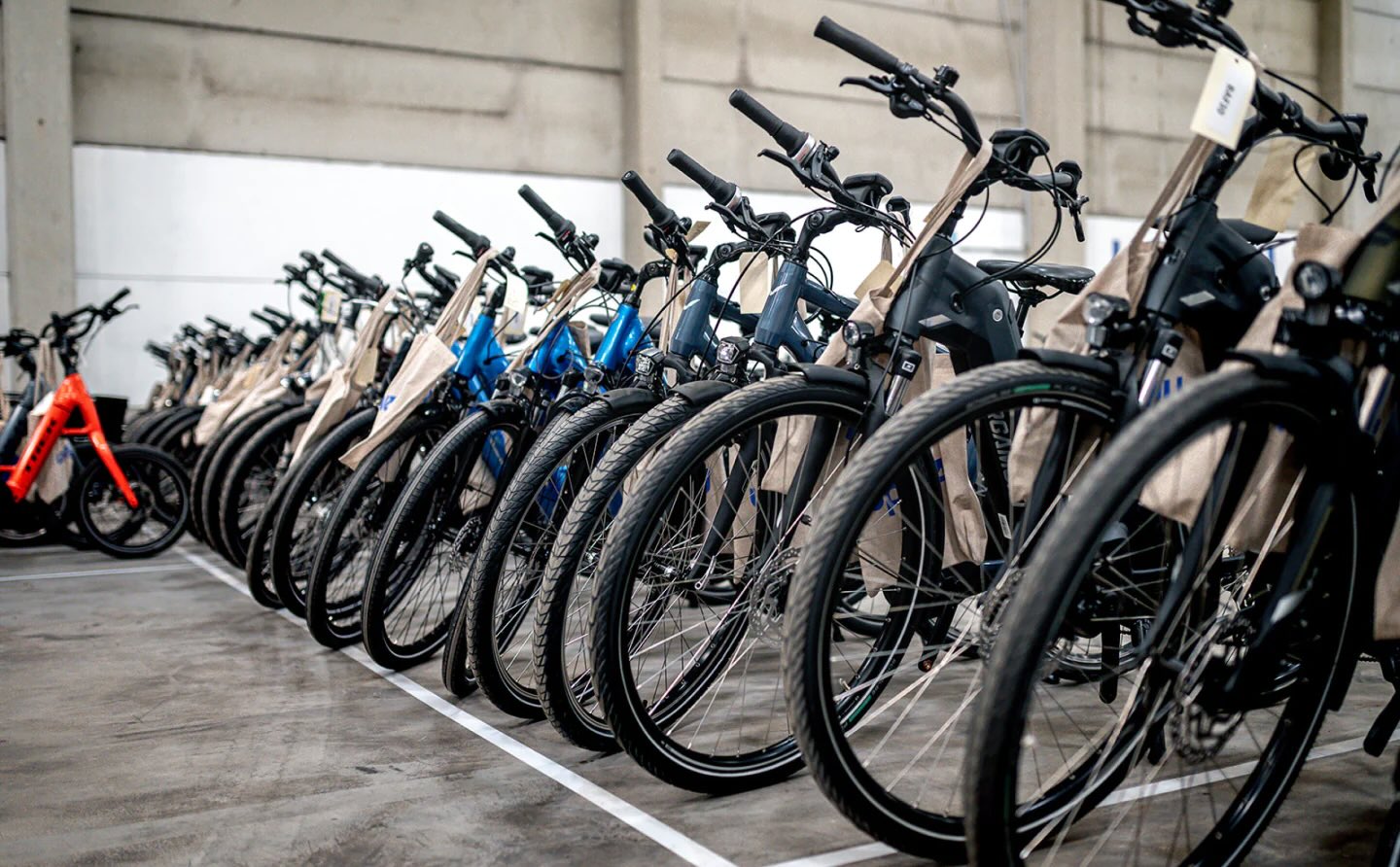Each year, humpback whales make their long trip from Antarctica up past Australia's coast. But the journey that once followed ancient paths has become a maze of man-made hazards.
What's happening?
According to Inkl, new maps are helping people see the growing risks whales face. Built using decades of research from over 50 global science groups, the maps show how whale migration routes now overlap with shipping lanes, fishing zones, shark nets, and rising underwater noise.
What's clear is unsettling. Chris Johnson of the World Wide Fund for Nature said whales are navigating a "dangerous and sometimes fatal obstacle course."
"Ship strikes, entanglement in fishing gear, and shark nets are a growing concern on Australia's East Coast, especially during humpback whale migration season," Johnson said, per Inkl.
These new tools could lead to practical steps, like slowing ships down or steering them away from high-traffic whale routes.
Why is this important?
Whales don't just swim through the ocean — they shape it. Their waste feeds microscopic life called phytoplankton. That phytoplankton pulls harmful carbon pollution from the air and produces oxygen.
TCD Picks » Upway Spotlight
💡Upway makes it easy to find discounts of up to 60% on premium e-bike brands
But whales need krill to stay healthy, and krill are vanishing as sea ice shrinks near Antarctica. Less food and more obstacles could knock whale populations off balance — and that ripple effect reaches us, too.
"Thriving and healthy whale populations benefit nature and people," Johnson said.
What's being done about it?
These maps are available to the public, meaning shipping companies and policymakers can start making changes fast, like setting up no-fishing zones or rerouting vessels in migration hotspots.
The maps are also expected to guide talks at an upcoming global ocean summit, where one major topic of discussion will be the goal to protect nearly a third of the ocean by the end of the decade.
|
Do you think America is in a housing crisis? Click your choice to see results and speak your mind. |
There's a growing push to remove ghost fishing nets from migration paths and use quieter ship tech to reduce stress on marine mammals. These are small wins that, stacked together, help keep whales alive and ecosystems stable.
People can support this progress by backing conservation groups, advocating for better marine protections, and reducing ocean waste.
This isn't just about whales surviving. It's about making sure the ocean keeps working for all of us.
Join our free newsletter for good news and useful tips, and don't miss this cool list of easy ways to help yourself while helping the planet.

















